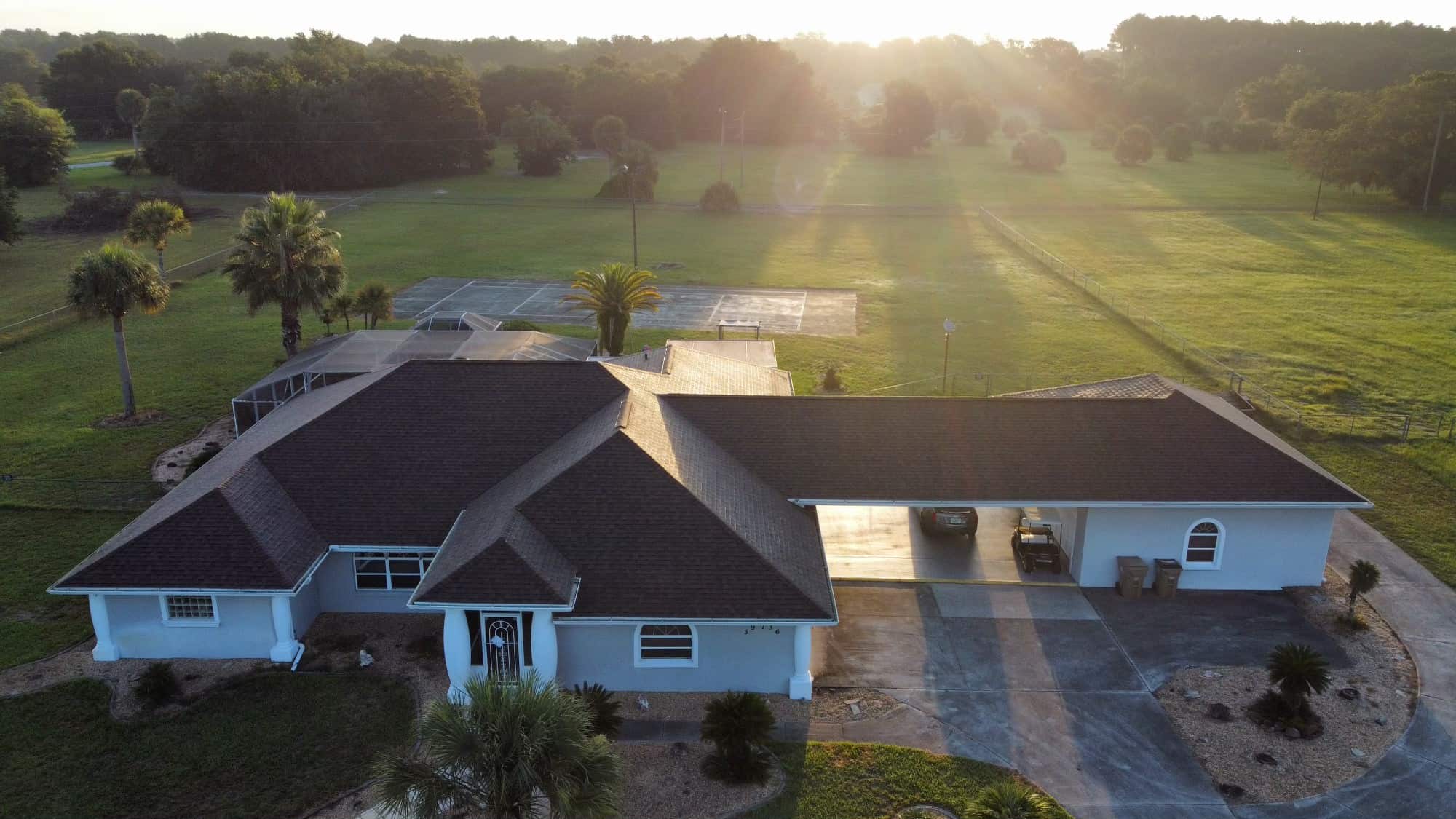
Why Tree Trimming and Pruning is Essential
Health Benefits
Tree trimming Longwood is crucial for maintaining the health of your trees. Removing dead or diseased branches prevents the spread of infections and promotes new growth. Healthy trees look better, live longer, and contribute positively to the environment. Additionally, regular pruning helps improve air circulation and sunlight penetration, which are vital for a tree’s overall well-being. For more information on -, visit our website.
Safety Considerations
Safety is a major concern when it comes to tree trimming in Longwood. Overgrown branches can pose significant risks to your property and personal safety. Regular trimming reduces the risk of falling branches, especially during storms, and keeps your property safe. Furthermore, well-trimmed trees are less likely to interfere with power lines or obstruct views, reducing potential hazards.
Enhancing Aesthetics
A well-maintained tree enhances your property’s visual appeal. Tree trimming Longwood helps shape the tree, improving its structure and appearance. This makes your property more attractive and can increase its value. Aesthetic pruning can transform an ordinary tree into a stunning landscape feature, creating a more inviting and beautiful outdoor space.
Ideal Timing for Tree Trimming
Dormant Season Trimming
The best time for tree trimming in Longwood is during the dormant season, typically in late fall or winter. During this time, trees are less susceptible to diseases and pests. Pruning during dormancy also ensures vigorous growth in the spring. Moreover, it’s easier to see the tree’s structure and make precise cuts without foliage, promoting healthier growth patterns. Discover the benefits of - today.
Exceptions to the Rule
While most trees benefit from dormant season trimming, some exceptions exist. For instance, pine trees can be trimmed almost any time of the year without adverse effects. Understanding these nuances ensures effective tree care. Certain flowering trees may also require specific timing to avoid cutting off buds that will bloom in the next season.
Frequency of Tree Trimming in Longwood
General Guidelines
As a rule of thumb, tree trimming in Longwood should be done every three years. However, the frequency can vary based on the tree species, location, and specific circumstances. Regular inspections help determine the best schedule for your trees. Some fast-growing species might need more frequent attention, while others can go longer between trims.
Specific Situations Requiring Immediate Attention
- Branches too close to your home or business
- Trees near power lines
- Post-storm damage requiring immediate clean-up
In these cases, immediate action can prevent further damage and ensure safety.
Professional Tree Trimming Services in Longwood
Why Hire Experts?
While some tree maintenance can be a DIY project, hiring professionals for tree trimming in Longwood is often the best choice. Experts have the knowledge, experience, and equipment to perform the job safely and effectively. They can also identify potential problems that may not be visible to the untrained eye, such as internal decay or pest infestations.
Services Offered by McCullough Tree Service
McCullough Tree Service offers comprehensive tree trimming Services for Longwood. With certified arborists on staff, they provide tailored solutions for your tree care needs. Their services include:
- Regular tree maintenance
- Emergency trimming and removal
- Consultation and inspection
Their team is equipped to handle trees of all sizes and types, ensuring each one receives the care it needs to thrive.
Benefits of Regular Tree Trimming
Improved Tree Health
Regular tree trimming Longwood helps trees grow stronger and healthier by removing weak, diseased, or dead branches. This allows the tree to allocate resources more efficiently, promoting robust growth. Learn more about - to enhance your tree care.
Enhanced Property Value
Well-maintained trees can significantly boost the curb appeal and value of your property. By investing in regular tree trimming Longwood, you enhance the beauty of your landscape, making your home more attractive to potential buyers.
Prevention of Property Damage
Overgrown trees can damage homes, vehicles, and other structures. Regular trimming helps mitigate these risks by keeping branches safe from buildings and other valuable assets.


